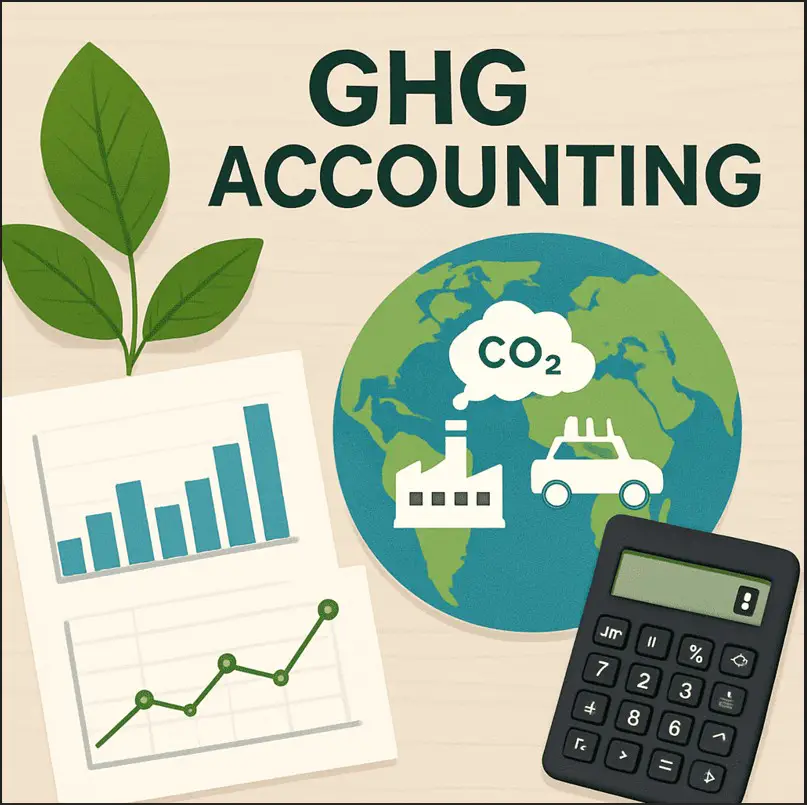GHG Accouning

About Course
This course provides a comprehensive understanding of Greenhouse Gas (GHG) accounting based on internationally recognized standards such as the GHG Protocol. Learners will explore Scope 1, 2, and 3 emissions, data collection methodologies, and reporting frameworks used by organizations to measure and manage their carbon footprint. Through real-world examples and practical exercises, participants will gain the skills to conduct accurate GHG inventories and support corporate climate strategies. Ideal for sustainability professionals, analysts, and students, this course equips you to drive climate action through transparent and effective emissions accounting and reporting.
Course Content
Module 1: Introduction to GHG Accounting
-
What is Greenhouse Gas (GHG) Accounting
00:00 -
Importance of GHG Accounting
-
Global Context of GHG Emissions
-
first test
Module 2: GHG Protocol and Standards
Module 3: Organizational Boundaries
Module 4: Operational Boundaries (Scopes 1, 2, and 3)
Module 5: Emission Factors and Activity Data
Student Ratings & Reviews

No Review Yet